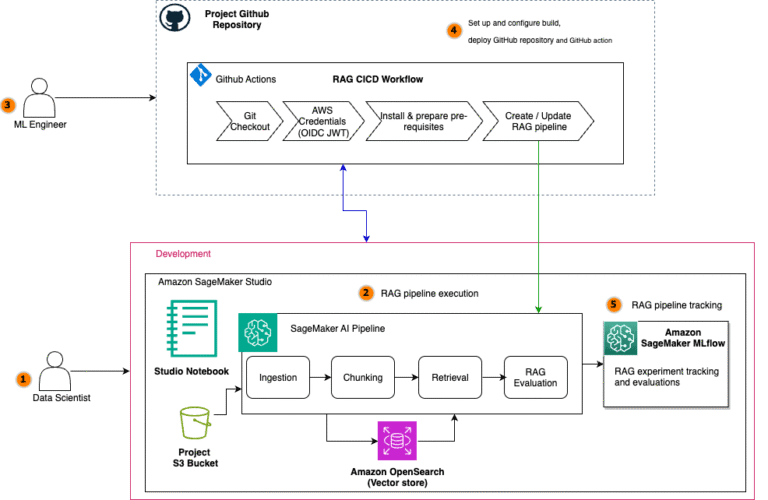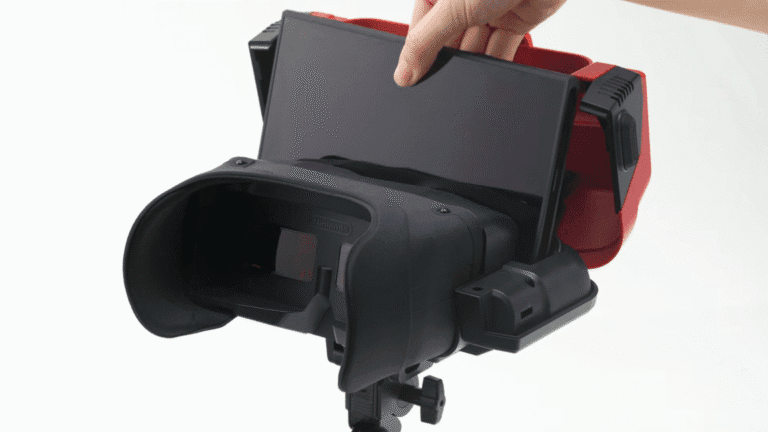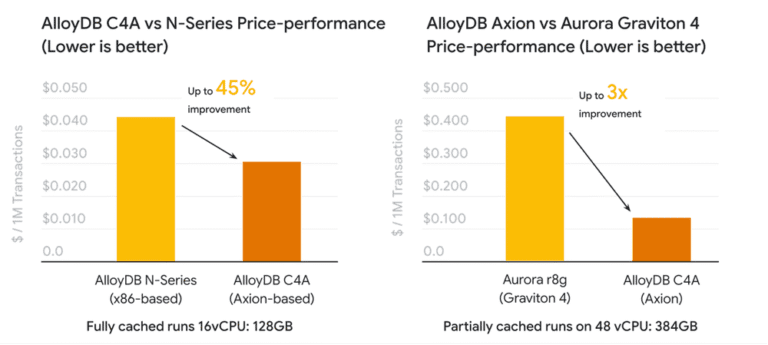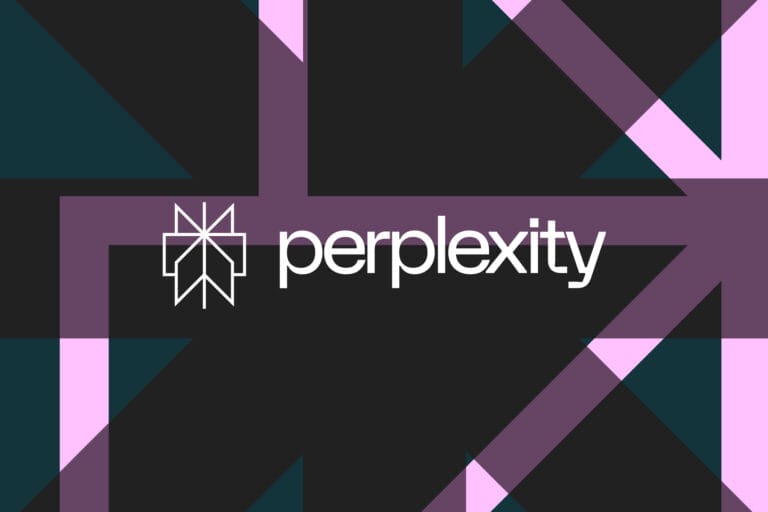Editor’s note: Rent the Runway is redefining how consumers engage with fashion, offering on-demand access to designer clothing through a unique blend of e-commerce and reverse logistics. As customer expectations around speed, personalization, and reliability continue to rise, Rent the Runway turned to Google Cloud’s fully managed database services to modernize its data infrastructure. By migrating from a complex, self-managed MySQL environment to Cloud SQL, the company saved more than $180,000 annually in operational overhead. With Cloud SQL now supporting real-time inventory decisions, Rent the Runway has built a scalable foundation for its next chapter of growth and innovation. Closet in the cloud, clutter in the stack Rent the Runway gives customers a “Closet in the Cloud” — on-demand access to designer clothing without the need for ownership. We offer both a subscription-based model and one-time rentals, providing flexibility to serve a broad range of needs and lifestyles. We like to say Rent the Runway runs on two things: fashion and logistics. When a customer rents one of our items, it kicks off a chain of events most online retailers never have to think about. That complex e-commerce and reverse logistics model involves cleaning, repairing, and restocking garments between uses. To address both our operational complexity and the high expectations of our customers, we’re investing heavily in building modern, data-driven services that support every touchpoint. Out: Manual legacy processes Our legacy database setup couldn’t keep up with our goals. We were running self-managed MySQL, and the environment had grown… let’s say organically. Disaster recovery relied on custom scripts. Monitoring was patchy. Performance tuning and scaling were manual, time-consuming, and error-prone. Supporting it all required a dedicated DBA team and a third-party vendor providing 24/7 coverage — an expensive and brittle arrangement. Engineers didn’t have access to query performance metrics, which meant they were often flying blind during development and testing. Even small changes could feel risky. All that friction added up. As our engineering teams moved faster, the database dragged behind. We needed something with more scale and visibility, something a lot less hands-on. It’s called Cloud SQL, look it up When we started looking for alternatives, we weren’t trying to modernize our database: We were trying to modernize how our teams worked with data. We wanted to reduce operational load, yes, but also to give our engineers more control and fewer blockers when building new services. Cloud SQL checked all the boxes. It gave us the benefits of a managed service — automated backups, simplified disaster recovery, no more patching – while preserving compatibility with the MySQL stack our systems already relied on. But the real win was the developer experience. With built-in query insights and tight integration with Google Cloud, Cloud SQL made it easier for engineers to own what they built. It fit perfectly with where we were headed: faster cycles; infrastructure as code; and a platform that let us scale up and out, team by team. aside_block <ListValue: [StructValue([('title', 'Build smarter with Google Cloud databases!'), ('body', <wagtail.rich_text.RichText object at 0x3e10f3ad02b0>), ('btn_text', ''), ('href', ''), ('image', None)])]> Measure twice and cut over once We knew the migration had to be smooth because our platform didn’t exactly have quiet hours. (Fashion never sleeps, apparently.) So we approached it as a full-scale engineering project, with phases for everything from testing to dry runs. While we planned to use Google’s Database Migration Service across the board, one database required a manual workaround. That turned out to be a good thing, though: It pushed us to document and validate every step. We spent weeks running Cloud SQL in lower environments, stress-testing setups, refining our rollout plan, and simulating rollback scenarios. When it came time to cut over, the entire process fit within a tight three-hour window. One issue did come up – a configuration flag that affected performance — but Google’s support team jumped in fast, and we were able to fix it on the spot. Overall, minimal downtime and no surprises. Our kind of boring. Less queues and more runway One of the biggest changes we’ve noticed post-migration was how our teams worked. With our old setup, making a schema change meant routing through DBAs, coordinating with external support, then holding your breath during rollout. Now, engineers can breathe a little easier and own those changes end to end. Cloud SQL gives our teams access to IAM-controlled environments where they can safely test and deploy. That has let us move toward real CI/CD for database changes — no bottlenecks or surprises. With better visibility and guardrails, our teams are shipping higher-quality code and catching issues earlier in the lifecycle. Meanwhile, our DBAs can focus on strategic initiatives — things like automation and platform-wide improvements — rather than being stuck in a ticket queue. Our most cost-effective look yet Within weeks of moving to Cloud SQL, we were able to offboard our third-party MySQL support vendor, cutting over $180,000 in annual costs. Even better, our internal DBA team got time back to work on higher-value initiatives instead of handling every performance issue and schema request. Cloud SQL also gave us a clearer picture of how our systems were running. Engineers started identifying slow queries and fixing them proactively, something that used to be reactive and time-consuming. With tuning and observability included, we optimized instance sizing and reduced infrastructure spend, all without compromising performance. And with regional DR configurations now baked in, we’ve simplified our disaster recovery setup while improving resilience. In: Cloud SQL We’re building toward a platform where engineering teams can move fast without trading off safety or quality. That means more automation, more ownership, and fewer handoffs. With Cloud SQL, we’re aiming for a world where schema updates are rolled out as seamlessly as application code. This shift is technical, but it’s also cultural. And it’s a big part of how we’ll continue to scale the business and support our expansion into AI. The foundation is there. Now, we’re just dressing it up. Learn more: Discover how Cloud SQL can transform your business! Start a free trial today! Download this IDC report to learn how migrating to Cloud SQL can lower costs, boost agility, and speed up deployments. Learn how Ford and Yahoo gained high performance and cut costs by modernizing with Cloud SQL.







